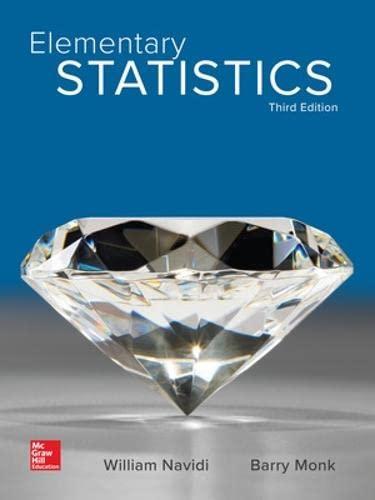In 1954, the first vaccine against polio, known as the Salk vaccine, was tested in a large
Question:
In 1954, the first vaccine against polio, known as the Salk vaccine, was tested in a large randomized double-blind study. Approximately 750,000 children were asked to enroll in the study. Of these, approximately 350,000 did not participate, because their parents refused permission. The children who did participate were randomly divided into two groups of about 200,000 each. One group, the treatment group, got the vaccine, while the other group, the control group, got a placebo. The rate of polio in the treatment group was less than half of that in the control group.
a. Is it reasonable to conclude that the Salk vaccine was effective in reducing the rate of polio?
b. Polio is sometimes difficult to diagnose, as its early symptoms are similar to those of the flu. Explain why it was important for the doctors in the study not to know which children were getting the vaccine.
c. Perhaps surprisingly, polio was more common among upper-income and middle-income children than among lower-income children. The reason is that lower-income children tended to live in less hygienic surroundings.
They would contract mild cases of polio in infancy while still protected by their mother’s antibodies, and thereby develop a resistance to the disease. The children who did not participate in the study were more likely to come from lower-income families. The rate of polio in this group was substantially lower than the rate in the placebo group.
Does this prove that the placebo caused polio, or could this be due to confounding? Explain.
Step by Step Answer:






